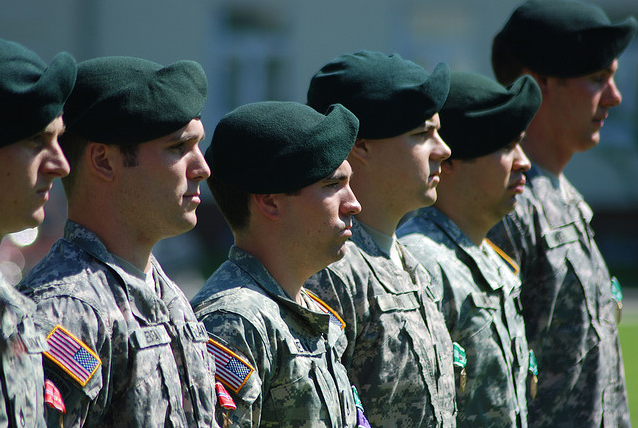Is 0 a natural number?
When I was still teaching, several of my students asked me this: Is 0 a natural number?
Short Answer
It depends on the convention. In some references, the set of natural numbers includes 0. In other references, the set of natural numbers does not include 0.
Long Answer
When we define a particular mathematical concept, we come to some sort-of agreement. For example, we might want to call the sequence 1, 4, 7, 10, … “cool numbers.” If all of us agree on this, we will have no problem. However, other group of uncool guys might give it another name. Or, they might keep the name, but change the sequence. This was what happened to the set of natural numbers. » Read more
